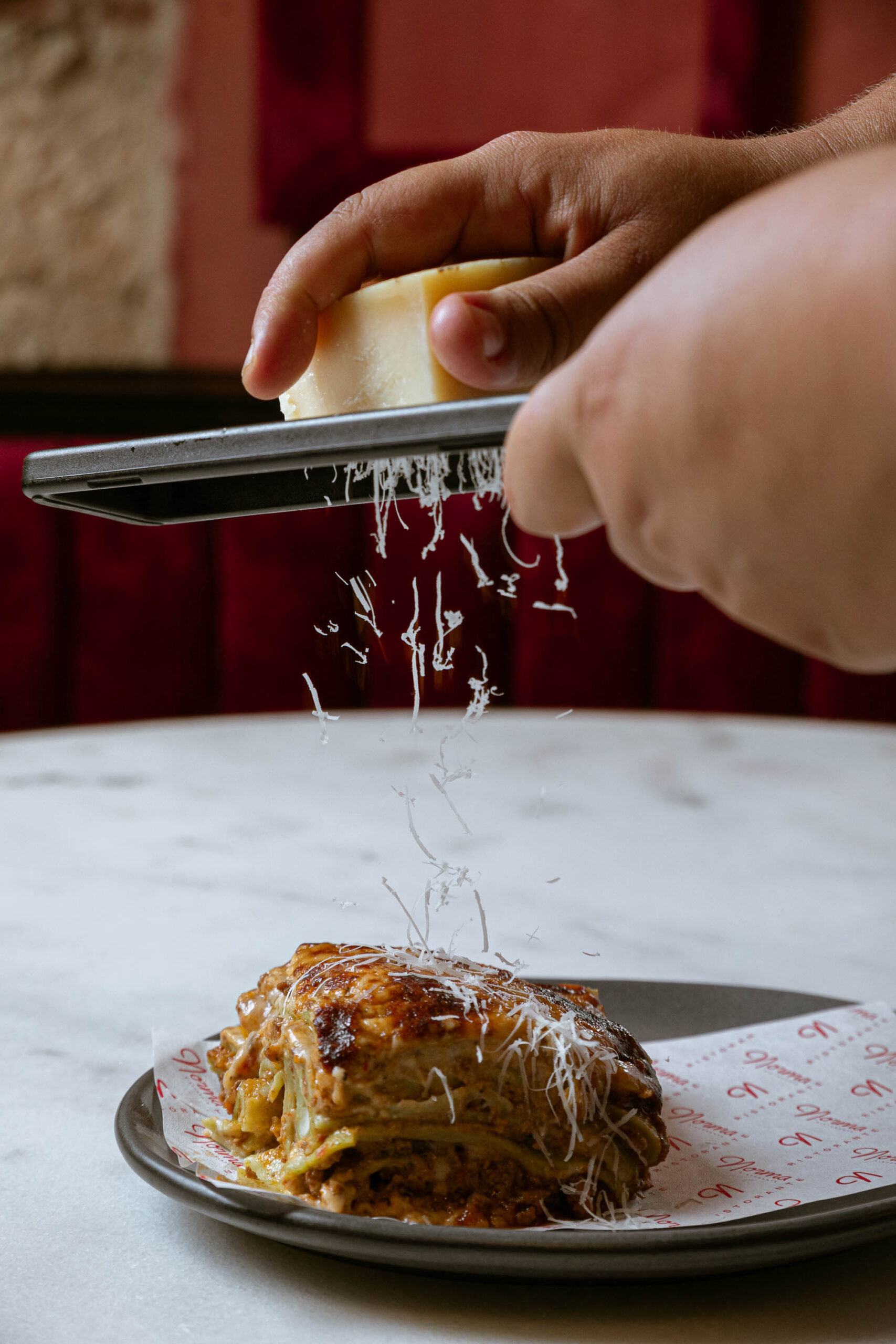Origins: a melting pot of influences
The Mediterranean has been the scene of cultural exchanges for centuries. From ancient Mediterranean cuisine to the influence of the Greeks, Romans and Arabs, each culture has left its mark on the region’s gastronomy. The Greeks introduced olive oil and wine, the Romans brought preservation techniques and the Arabs brought exotic spices such as cumin and cinnamon. On the other hand, the Caribbean is a mosaic of indigenous, African, European and Asian cultures. Ingredients and culinary techniques were mixed as cultures met and merged in this region. The African influence can be seen in the use of ingredients such as plantains, yams and fish, while Europeans introduced ingredients such as sugar cane and pork. This rich culinary history is the basis for the gastronomic fusion between the Mediterranean and the Caribbean.
Characteristic ingredients and flavors
In both the Mediterranean and the Caribbean, local ingredients play a fundamental role in gastronomy. In the Mediterranean, we find olive oil, aromatic herbs, fresh fish and seasonal vegetables as pillars of the cuisine. Olive oil, in particular, is an essential ingredient in Mediterranean dishes such as Greek salad and Italian pesto. In the Caribbean, on the other hand, ingredients such as coconut, seafood, tropical fruits and exotic spices stand out. Coconut is used in many Caribbean preparations, from sauces to desserts, while tropical fruits such as pineapple and mango add a touch of freshness and sweetness to dishes. The combination of these ingredients creates a symphony of flavors that reflects the diversity of both regions.
Culinary techniques and cooking methods
Culinary techniques also play an important role in the fusion of gastronomic cultures. In the Mediterranean, cooking methods such as grilling, wood-fired oven and pickling are used to enhance the natural flavors of ingredients. Grilling is especially popular in Mediterranean cuisine, giving rise to dishes such as Greek souvlaki and Italian carne a la brasa. On the other hand, in the Caribbean, marinating, smoking and the use of spicy seasonings are used to create dishes full of flavor and character. Marination is used to tenderize and enhance the flavor of meats and seafood, while smoking adds a unique smoky touch. The use of spicy seasonings, such as habanero and Scotch bonnet, brings a distinctive level of spice and heat to Caribbean dishes. These techniques are intertwined in gastronomic fusion, creating new ways of preparing and presenting food.
Emblematic Mediterranean-Caribbean fusion dishes
The fusion of the two culinary cultures has given rise to emblematic dishes that encapsulate the best of both regions. For example, Caribbean ceviche fuses the freshness of local seafood with the acidity and citrus touch of the Mediterranean. Instead of using lemon or lime as is traditionally done in Latin American ceviche, Caribbean ceviche uses citrus fruits such as sour orange or lime. This creates a unique combination of flavors that highlights the local ingredients and adds a refreshing touch. Another example is Caribbean paella, which incorporates Caribbean seafood into classic Mediterranean rice. Instead of using traditional Spanish seafood such as shrimp and squid, seafood such as prawns and crayfish, typical of the Caribbean, are used. These dishes are just a sample of the creativity and culinary synergy that occurs when the Mediterranean and the Caribbean meet on the plate.
The importance of gastronomic fusion
The fusion of cultures in gastronomy goes beyond flavors and dishes. It is a reflection of the evolution of society and the adaptability of culinary traditions. Gastronomic fusion allows us to explore new combinations of ingredients, techniques and flavors, opening the door to innovation and the creation of new culinary experiences. In addition, the fusion of cultures in gastronomy promotes cultural diversity and fosters mutual understanding and respect. By sharing and appreciating the culinary traditions of different cultures, we enrich ourselves as individuals and as a society.

The fusion of cultures in gastronomy is a fascinating journey that allows us to explore new culinary frontiers. In the case of the Mediterranean and the Caribbean, this fusion creates a unique experience full of flavors, aromas and traditions. The combination of ingredients, culinary techniques and emblematic dishes shows us the richness of the gastronomic fusion between these two regions. Through gastronomy, we can appreciate how cultures intertwine and enrich each other, creating an unforgettable culinary experience. Thus, the fusion of cultures in gastronomy becomes a celebration of diversity and a tribute to the unifying power of food.
